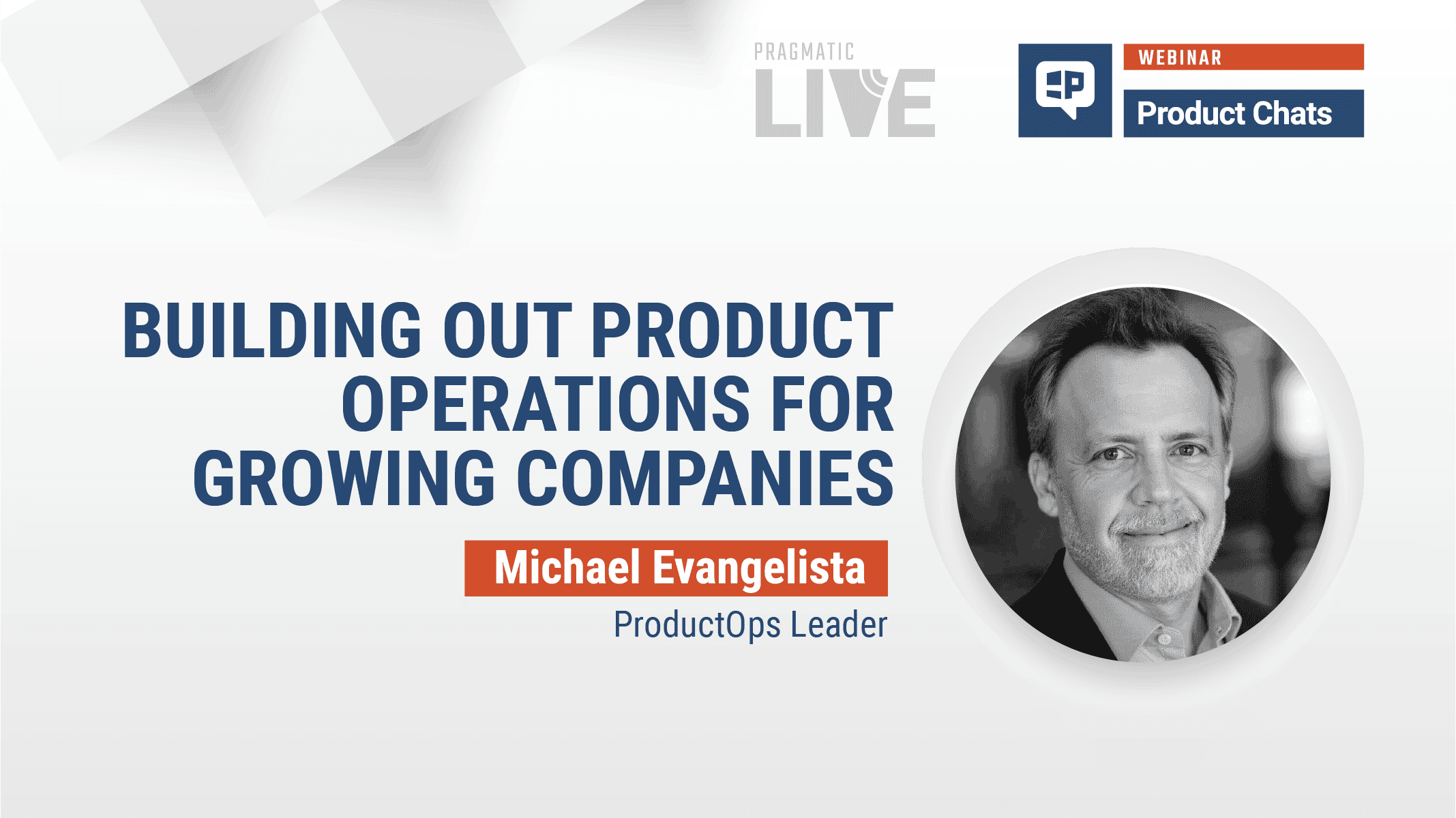
Before the Web came along, there were only two ways to get noticed: buy expensive advertising or beg the mainstream media to tell your story for you. Now we have a better option: publishing interesting content on the Web that your buyers want to consume and interact with.
Watch the “Tuned In Social Media” Webinar
In your personal or professional life in the past two months, when looking for an answer to a problem or to research a product, have you:
- responded to a direct mail advertisement?
- consulted magazines, newspapers, TV, or radio?
- gone to a tradeshow as an attendee?
- used Google or another search engine?
- electronically contacted a friend, colleague, or family member (email, IM, Facebook, etc.) who responded with a Web URL that you then visited?
Over the course of a year, in front of more than ten thousand people for groups all over the world, including college students, marketing professionals, technology buyers, and executives at Fortune 500 companies, the answers were surprisingly consistent. Between 5 and 20 percent of people answer each of the first three questions affirmatively. These answers mean that the ways most companies have historically reached people—advertising, direct mail, tradeshow booths, and pleas to the mainstream media for coverage—are only effective in reaching a small portion of potential customers. However, almost 100 percent of people raise their hands to indicate they have used a search engine to find a solution to a problem or to research a product and 90 percent report they have checked out a Web site suggested by a friend, colleague, or family member.
Clearly, establishing a social media strategy and creating effective Web content that is indexed by search engines is critical for any business. When people are looking for answers to problems, they go online first.
“Social media” is a misunderstood phrase. Much like the overused “Web 2.0,” many people think they know what social media is, but few can actually describe it. Robert Scoble defines social media on his Scobleizer blog by what it is not. Scoble says you should consider the media that’s in your house or on your desk (newspapers, magazines, DVDs, TV, radio, the Yellow Pages) and then look at attributes of social media that are different. Social media (compared to “mainstream media”) can be changed on-the-fly if something proves to be incorrect. People can comment on a social media item and can see in real time how popular an article or video is and how many times it has been linked to or voted on. You can syndicate social media via RSS (Really Simple Syndication) and mash it up (a video in a blog post, for example).
The Social Media Club uses the Merriam-Webster definition of the words “social” (“of or relating to human society, the interaction of the individual and the group, or the welfare of human beings as members of society”) and “media” (“a medium of cultivation, conveyance, or expression”). The Social Media Club “will bring together journalists, publishers, communications professionals, artists, amateur media creators, citizen journalists, teachers, students, tool makers, and other interested collaborators. Essentially the people who create and consume media who have an interest in seeing the ‘media industry’ evolve for everyone’s benefit. We are more than just users, we are the reason the tools exist—we are the people who communicate our thoughts and ideas near and far.”
So by way of clarification, here is my personal definition: Social media describes the way people share ideas, content, thoughts, and relationships online. Social media differs from so-called ‘mainstream media’ in that anyone can create, comment, and add to social media content. Social media can take the form of text (blogs &wikis), audio (podcasts), video (YouTube), images (Flickr), and communities (Twitter, Facebook, & more).
Tuned In organizations that participate in social media become part of a vibrant online community and show the market they are worthy of doing business with. Participating in social media is more like the way business was done 100 years ago: one person having a conversation with another person.
We’ve been liberated!
The year since my book The New Rules of Marketing and PR: How to use news releases, blogs, podcasts, viral marketing and online media to reach your buyers directly was first published (and since the New Rules of Marketing seminar I developed for Pragmatic Institute was launched) has been an absolute blast. I spend my time traveling all over the United States and the world speaking to groups about the new rules, spreading the word, opening people’s eyes to the possibilities, and motivating them to change the ways they do marketing and public relations.
Before the Web came along, there were only two ways to get noticed: buy expensive advertising or beg the mainstream media to tell your story for you. Now we have a better option: publishing interesting content on the Web that your buyers want to consume and interact with. The tools of the marketing and PR trade have changed. The skills that worked offline to help you buy or beg your way in are the skills of interruption and coercion. Success online comes from getting Tuned In to your buyers and creating great information that enlightens, informs, and starts online conversations.
Unlike non-targeted, in-your-face, interruption-based advertising, social media is content that people actually want to see. How cool is that? Rather than forcing you to convince people to pay attention to your products and services by dreaming up messages and ad campaigns, search engines deliver interested buyers right to your company’s virtual doorstep. This is a marketer’s dream-come-true.
However, most marketers don’t know how to harness this exciting form of marketing. Their most common mistake is to spend way too much time worrying about keywords and phrases and obsessing about being “on message” about what their product does. Many companies are fearful of jumping into the social media waters because it seems scary to put yourself out there.
As you get started with social media, you should think of your initiation as including three steps (and in this order):
- Monitor. The first thing to do is see what’s going on out there. Tune in by finding the most important blogs in your market space and follow them for a few months. Look for YouTube videos about your target market or industry and watch them. Follow some Twitter feeds and some podcasts. It’s amazing what you’ll find when you open your eyes to what millions of people are saying about you, the market you sell into, your organization, and its products.
- Comment. To dip your toes into the social media waters, your next step is to begin participating in conversations by commenting on other people’s blogs, adding your voice to forums and chat rooms, and updating Wikis. You’re adding to discussions at this stage, not starting your own.
- Create. To begin to shape conversations, now is the time to consider writing your own blog or Twitter feed. Maybe creating a Facebook group, YouTube video, or podcast would be right for you. But you’ll know what’s right because you’ve already participated through your Monitor and Comment efforts.
There are good reasons for jumping into the social media world using these three steps. First, by monitoring what people are saying about the marketplace you sell into as well as your company and products, you get a sense of the important social media participants, their online voices, and etiquette. It is quite important to understand the unwritten rules of social media, and the best way to do that is to read and watch. Next, you can begin to leave comments, a strategy that starts you on the way to being known to other bloggers and allows you to present your point of view before you create your own social media initiative. Finally, when you feel comfortable, you can take the plunge by creating your own efforts.
Here are some ideas to get the most out of using social networking sites for marketing:
- Target a specific audience. Create a page that reaches an audience that is important to your organization. It is usually better to get tuned in to a small niche market than try to go large.
- Be a thought leader. Provide valuable and interesting information that people want to check out. It is better to show your expertise in a market or at solving a buyer’s problems than to blather on about your product.
- Create lots of links. Link to your own sites and blog, and those of others in your industry and network. Everybody loves links—it makes the Web what it is. You should certainly link to your own stuff from a social networking site (like your blog), but also link to other people’s sites and content in your own market.
- Encourage people to contact you. Make it easy for people to reach you online, and be sure to follow up personally on your fan mail.
- Participate. Create groups and participate in online discussions. Become an online leader and organizer.
- Make it easy to find you. Tag your page and add your page into the subject directories. Encourage others to bookmark your page with del.icio.us and DIGG.
- Experiment. These sites are great because you can try new things. If it isn’t working, tweak it. Or abandon the effort and try something new. There is no such thing as an expert in social networking—we’re all learning as we go!
Social Media Ethics
Let’s talk about ethics for a moment. All sorts of unethical practices go on in the social media world, and you must be certain to hold yourself and your organization accountable for your actions. Some organizations have gotten caught using unethical practices and have done great harm to their corporate reputations. I’ve included some of the issues you need to pay attention to, as well as an example of each unethical practice.
This is not intended to be a comprehensive list, but rather a starting point for you to think about ethics.
- Transparency. You should never pretend to be someone you are not. For example, don’t use another name (or be anonymous) when you submit a comment.
- Privacy. Unless you’ve been given permission, don’t write about something that was disclosed to you. For example, don’t post material from an e-mail someone sent you unless you have permission.
- Disclosure. It is important to disclose anything that people might consider a conflict of interest.
- Truthfulness. Don’t lie. For example, never make up a customer story just because it makes good social media content.
- Credit. You should give credit to bloggers (and other sources) whose material you have used. Besides being good ethical practice, links to other bloggers whose ideas you have used helps to introduce them to your blog and they may link to you.
What are you waiting for?
Everybody I’ve spoken with about social media has said the same thing (but in slightly different ways). They were all a bit uncomfortable when they started blogging, or creating a Twitter feed or making a YouTube video. They felt a little dorky because they didn’t know all the unwritten rules. They were even a little scared to push the button on their first blog post or Facebook update. We’ve all been there. Don’t worry, jump in to the exciting world of social media. What are you waiting for?




